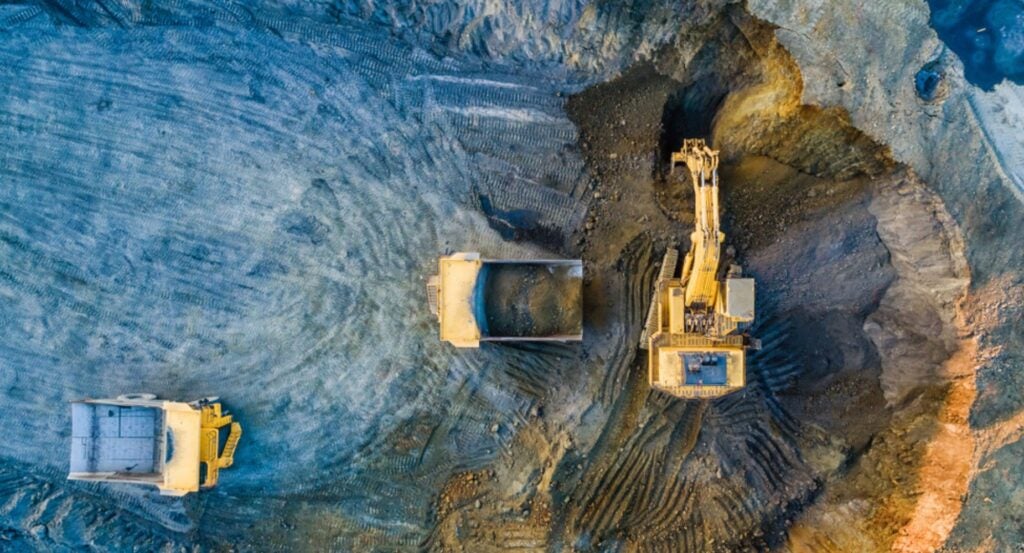
Eighty percent of the metal and mining industry’s revenues are derived from just five materials: steel, thermal coal, copper, gold, and aluminum, according to a recent McKinsey report.
Steel and thermal coal alone account for 60%–70% of revenues, driven by their massive production volumes of 7 billion tons of coal and 2 billion tons of steel. Copper, gold, and aluminum contribute another 15%–20% of total revenues, with copper playing a particularly crucial role in the energy transition.
Rise Of Lithium And Nickel In EV Boom
Lithium and nickel are expanding rapidly, driven by the surge in demand for electric vehicles and battery storage. Lithium production outpaced expectations, largely due to investments from Australia, the U.S., and China, while Indonesia’s nickel production is bolstered by high-pressure acid leach technology.
Copper, a critical metal for electrical infrastructure and renewable energy technologies, needs to catch up, McKinsey said. Declining production from existing mines and delays in new projects have exacerbated this lag, threatening to create a supply-demand imbalance.
Rare earth elements, essential for technologies like wind turbines and electric vehicles, are also projected to see strong growth in demand. Still, McKinsey estimates their market size to be relatively small – under $20 billion, but vital for magnets and other high-tech components.
Trillions In Investment Needed To Meet Future Demand
To meet this rising demand by 2035, the industry will require a significant capital investment of $5.4 trillion. These investments are essential not only for scaling production, but also for decarbonizing the sector itself. Additionally, infrastructure development, skilled labor, and water availability will play pivotal roles in ensuring the supply chain keeps pace with demand.
This capex would create 270 gigawatts (GW) of power and approximately 340,000 new jobs globally. Although these job numbers seem promising, McKinsey notes that a slow phaseout of thermal coal puts 1.25 million jobs at risk.
Financial Outlook And Copper Supply Challenge
The research also shows that the industry’s finances are solid. Revenues grew by around $2.4 trillion between 2020 and 2023, EBITDA nearly doubled from $500 billion to $900 billion, and balance sheets remain strong, with net debt over EBITDA of 1.3x—well below the through-cycle average of 1.8x.
One of the key challenges identified is copper’s supply shortage, as current prices are insufficient to incentivize the necessary investment in new mining projects. McKinsey suggests that copper prices need to rise by 20% to stimulate enough supply to meet future demand. With this increase, the energy transition could avoid significant delays, particularly in critical infrastructure like electrical grids and renewable energy installations, which heavily depend on this metal.
Read Next:
Photo: Shutterstock
Market News and Data brought to you by Benzinga APIs
© 2024 Benzinga.com. Benzinga does not provide investment advice. All rights reserved.


